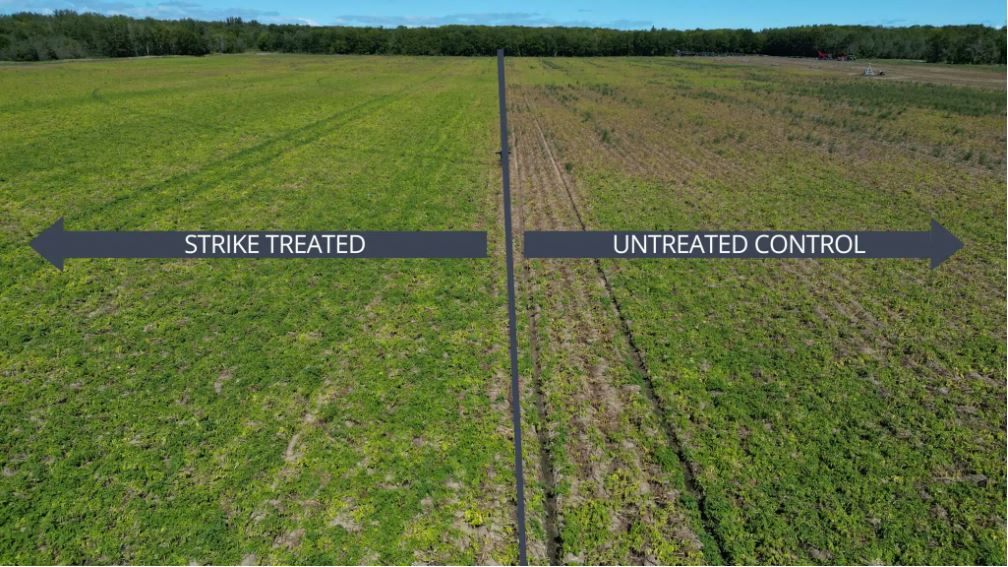In this second segment of our blog aimed at potato seed growers, let me throw a shocking finding at you: A recent scientific research paper stated that up to 68% of all seed potatoes sold in the Pacific Northwest are infected with verticillium.
If you are one of the very lucky few who don’t currently battle verticillium and you’re buying seed potatoes, you have a more than two in three chance that you’ll bring verticillium in on your next load of seed.
Unfortunately, I see reluctance among some potato seed growers to soil fumigation as a solution. They don’t want to fumigate because they don’t want anyone to think they ‘have a problem’.
Here is the strangest part: open the nearest berry, nursery or silviculture magazine and you’ll see not just acceptance of soil fumigation, but celebration of its critical importance. Growers are proud of using soil fumigation: they intentionally advertise it as a selling point because their customers understand that buying a berry seedling from a fumigated field is the best insurance policy against spreading soil-borne disease.
What’s the difference between a strawberry grower and a potato grower? It’s not that strawberry growers are more progressive: I meet leading edge, innovative, big-picture thinking potato producers every day. I think there are two factors that differentiate strawberry and potato producers: one is that strawberries, being a soft fruit, simply don’t hold up to verticillium at all. Given a choice of soil fumigation or zero saleable crop, strawberry growers choose fumigation. Second, there’s a different culture among strawberry growers. Cultural acceptance plays an enormous role in all of our daily choices, field management included.
The right kind of soil fumigation doesn’t just stop problems, it actively supports soil health. What’s the difference between a pine tree nursery manager and a potato grower? The pine tree manager not only sees what he or she is managing via soil fumigation (i.e. disease), they see what they’re gaining too. Pine tree seedlings that have a healthy population of Trichoderma fungi on their roots are significantly more successful than seedlings without this important partner. How do tree nursery growers enhance that Trichoderma population? They apply the soil fumigant chloropicrin – the active ingredient in Strike – which effectively manages pests and soil-borne diseases while also supporting beneficial fungi and bacteria, such as the fungus Trichoderma.
The longer the potato industry takes to learn from its berry-growing and pine tree managing neighbors, the longer it’ll be leaving crop quality, yield and soil health unrealized.
Visit https://strikefumigants.com/crops-potato-seed/ to learn more or email us at info@strikefumigants.com.
This information was also shared in an article online: Up to 68 Per Cent of Potato Seed Could be Infected With Verticillium – Spud Smart
